From Dürer to Altdorfer, an exhibition of high historical value in Siena brings together a great collection after 86 years
From December 14, 2018, to May 5, 2019, Siena’s Santa Maria della Scala is hosting the exhibition An Ideal City. Dürer, Altdorfer and the Nordic Masters from the Spannocchi Collection in Siena, curated by Cristina Gnoni Mavarelli, Maria Mangiavacchi and Daniele Pitteri. The exhibition features works from the Pinacoteca Nazionale di Siena, the Museo Civico di Siena and the Uffizi Galleries in Florence from the Spannocchi collection. The collection was born in 1774 as a result of the marriage between Caterina Piccolomini di Modanella and Giuseppe Spannocchi, who belonged to two noble Sienese families: the art objects from Spannocchi’s palace thus came together with those of the young Piccolomini. Many of them were from the Ducal Palace in Mantua, sacked in 1630 during the Thirty Years’ War, while others came from Trent. This formed an exceptional collection in terms of quality and variety, which was recorded in 1774 in the manuscript Indice dei quardi esistenti in casa Spannocchi da S.Domenico compiled by Abbot Giovan Girolamo Carli. The couple’s heirs donated the family picture collection to the Civic Community of Siena in 1835, which came to theInstitute of Fine Arts and in the early twentieth century to the National Picture Gallery and the Civic Museum of Siena. The collection was later divided: in fact, a large part of the collection was given to the Regia Pinacoteca di Siena (today’s Pinacoteca Nazionale) when it was inaugurated in 1932.
The fact that the Spannocchi Collection, which is moreover a unique case in the context of Sienese collecting, focuses on Nordic artists is explained on the basis of the manner in which the collection was formed. The first nucleus was assembled with acquisitions made by the Sienese general Ottavio Piccolomini and his nephew, Captain Silvio Piccolomini, in Mantua: commander of the imperial troops during the Thirty Years’ War, Ottavio Piccolomini participated in numerous battles in Germany and, as part of the negotiations that led to the Peace of Westphalia in 1648, was among the leading diplomats who carried out the negotiations. Before that, however, Ottavio Piccolomini distinguished himself in the War of the Succession of Mantua of 1628-1631, where he fought on the side of the Imperials and against the Franco-Mantovans: many of the works in the collection came into his possession during the Sack of Mantua on July 18, 1630, the date on which even the Ducal Palace, left by the duke forced to abandon the city, was sacked and its treasures divided among the commanders of the imperial forces. The original nucleus is thus Gonzagasque, and the preference given to artists from northern Europe is explained by the commercial and cultural relations that the northern countries of the continent were weaving precisely with Mantua. The collection was later enriched by the bequest of Monsignor Ludovico Piccolomini, proposed of the Cathedral of Trent, and as mentioned passed to Giuseppe Spannocchi in 1774 as his wife’s dowry.
The exhibition, promoted by the Municipality of Siena, Santa Maria della Scala, the Polo Museale della Toscana-Pinacoteca Nazionale di Siena and the Soprintendenza Archeologia Belle Arti e Paesaggio for the Provinces of Siena, Grosseto and Arezzo, with the support of Opera-Civita, intends to configure itself as a stage in the process of reunifying the paintings of the Spannocchi Collection, which, as mentioned, were donated to the Municipality in 1835 and are now exhibited at Santa Maria della Scala, according to what is provided for in the’as part of the agreement for the enhancement of the “City Museum System” stipulated between the City of Siena and the Ministry of Cultural Heritage and Activities on June 29, 2017, which sanctioned the permanent display, precisely at the Santa Maria della Scala complex, of the collection exhibited in the Pinacoteca Nazionale, reunited with the nucleus that was instead kept in the Museo Civico di Siena. It is an operation of “undoubted historical and cultural value,” as curator Gnoni Mavarelli states .
The thread running through the collection is Nordic painting: a selection of works from among the collection’s Nordic Bedroom Paintings is on display. These depict sacred scenes, portraits, mythological scenes, live and dead natures, bamboozles, hunts, views and utopias. Prominent among the artists are Albrecht Dürer (Nuremberg, 1471 - 1528) and Albrecht Altdorfer (Regensburg, c. 1480 - 1538), two of the great names of the German Renaissance: by the latter are the two panels with the Dismissal and Martyrdom of St. Florian from the Uffizi Galleries. Among the most important paintings are Dürer’s canvas with St. Jerome, signed and dated 1514, the Lucretia by painter linked to the circle of Lucas Cranach, The Beheading of the Baptist, attributed to a German artist collaborator of Altdorfer. The exhibition itinerary, divided chronologically and thematically, ends with the View of an Ideal City by Flemish artist Paul Vredeman de Vries (Antwerp, 1567 - Amsterdam, 1617), and the Tower of Babel by an anonymous painter of considerable iconographic interest.
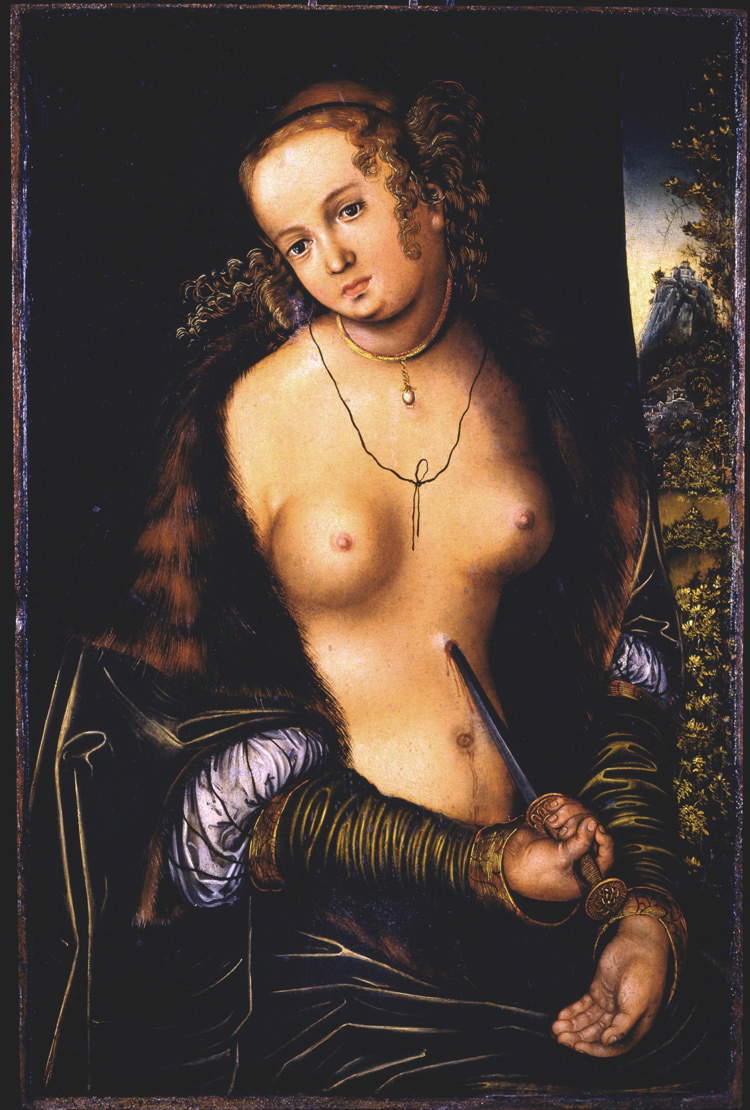 |
| Lucas Cranach (workshop), Lucretia (c. 1510-1512; oil on panel, 42 x 27.7 cm; Siena, Pinacoteca Nazionale, Inv. 537) |
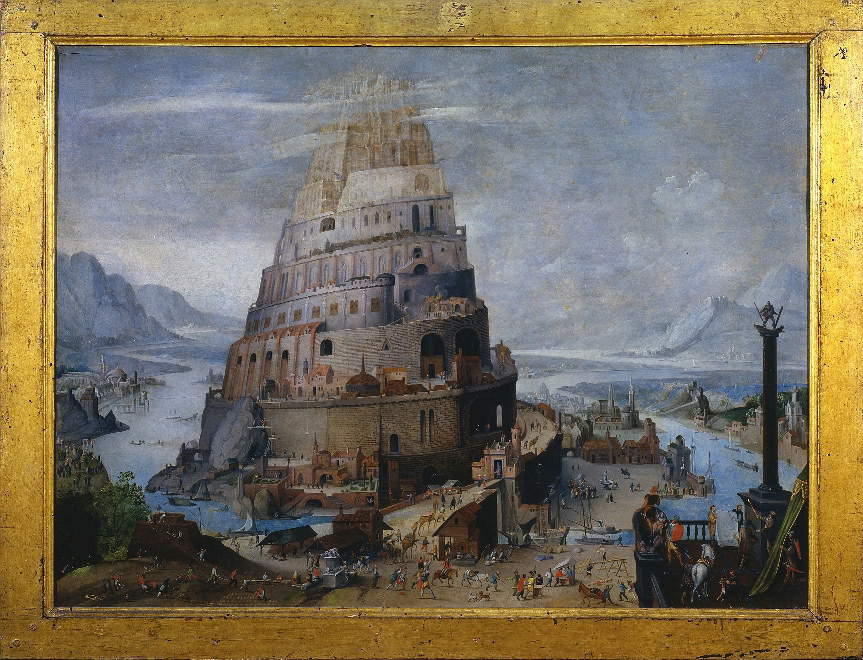 |
| Abel Grimmer’s Scope, The Tower of Babel (late 16th century-early 17th century; oil on panel, 49.9 x 66.5 cm; Siena, Pinacoteca Nazionale, Inv. 534) |
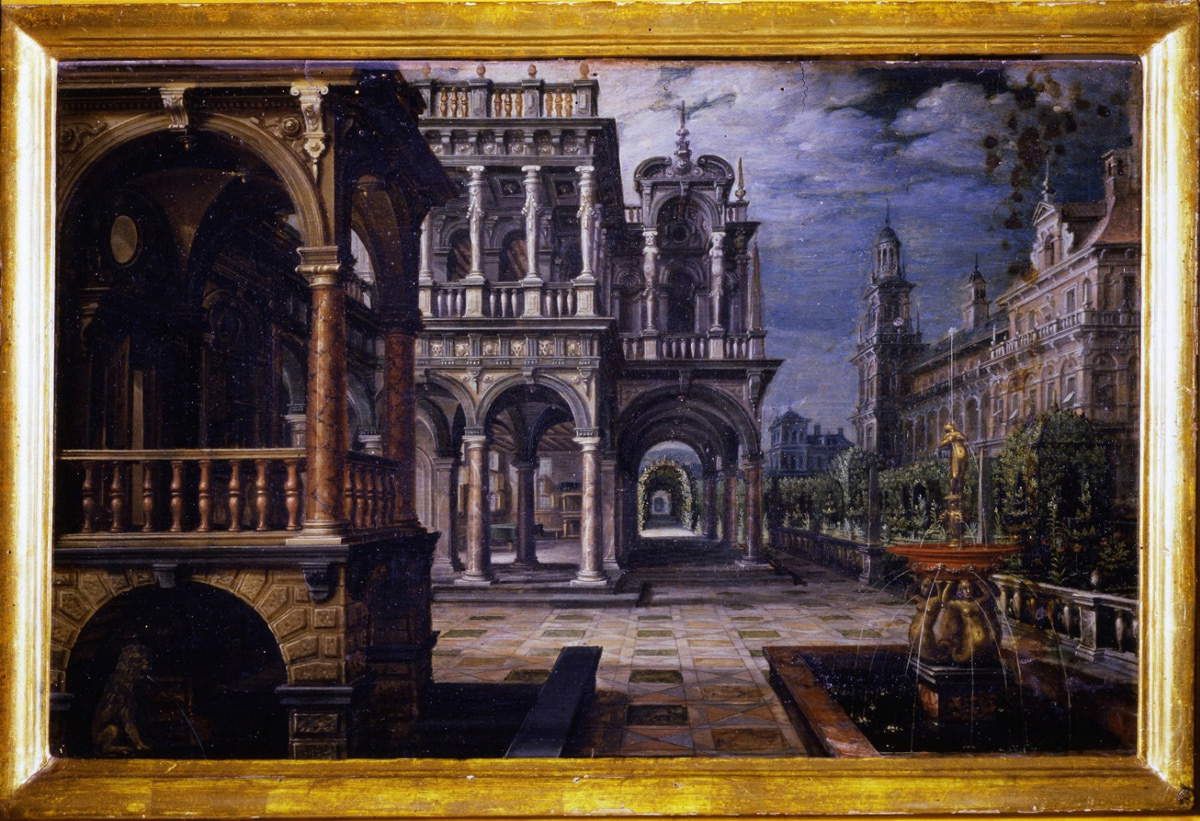 |
| Paul Vredeman de Vries, View of Ideal City (1607; oil on panel, 42x65 cm; signed and dated “PAULUS (sic) VRED/VRIS 1607”; Siena, Pinacoteca Nazionale, Inv. 491) |
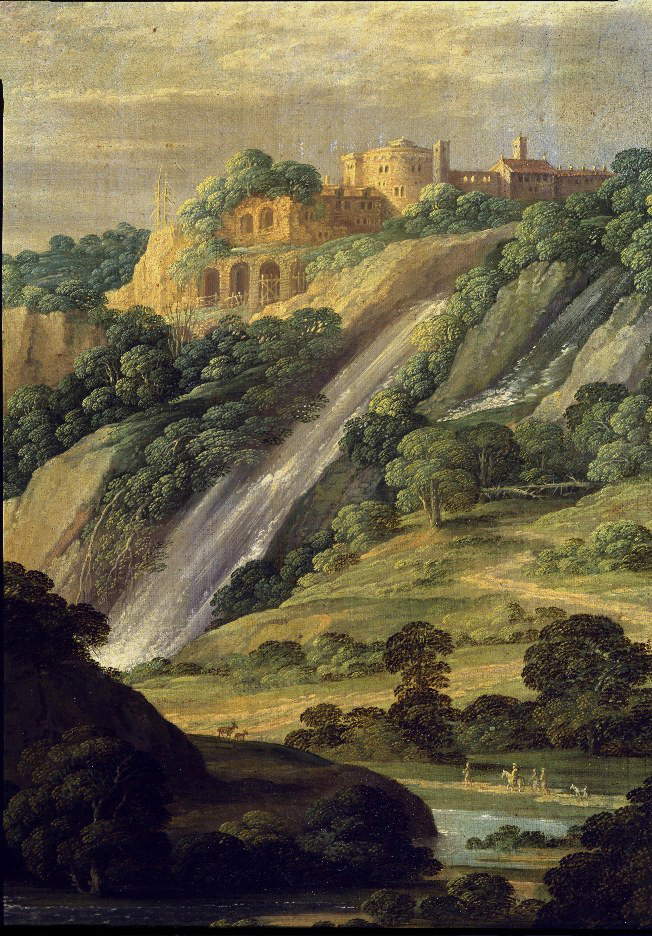 |
| Johann König, The Day (Christ Tempted) (c. 1610; oil on canvas, 63 × 93.5 cm; Siena, Pinacoteca Nazionale, Inv. 458) |
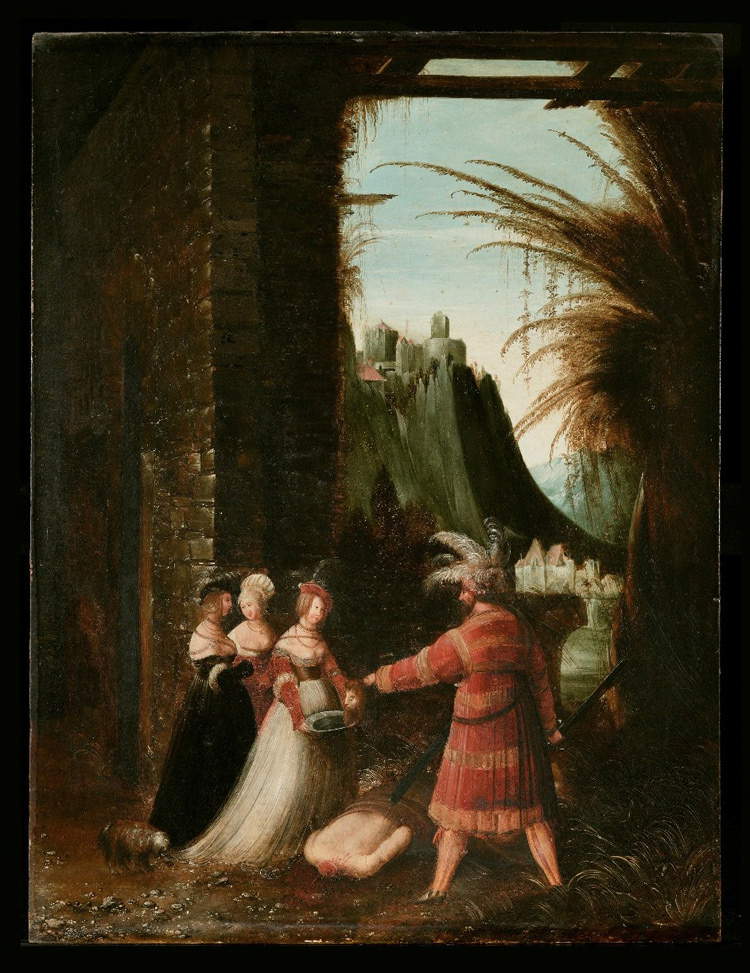 |
| Master of Pulkau (attr.), Beheading of St. John the Baptist (second decade of the 16th century; oil on panel, 51 × 41 cm; Siena, Pinacoteca Nazionale, Inv. 517) |
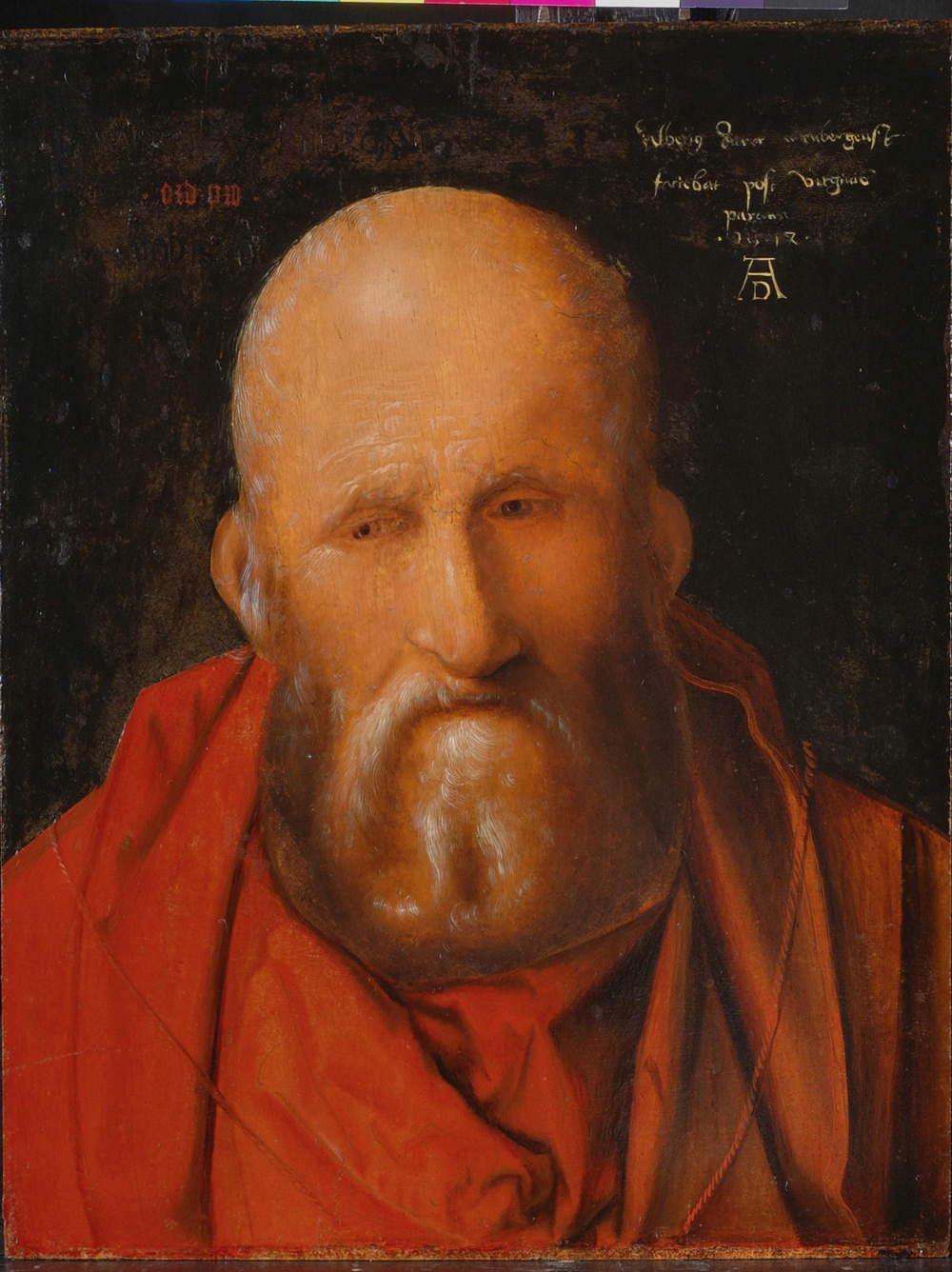 |
| Albrecht Dürer, Saint Jerome (1514; oil on panel, 33.2 x 25.6 cm; Siena, Pinacoteca Nazionale, Inv. 501) |
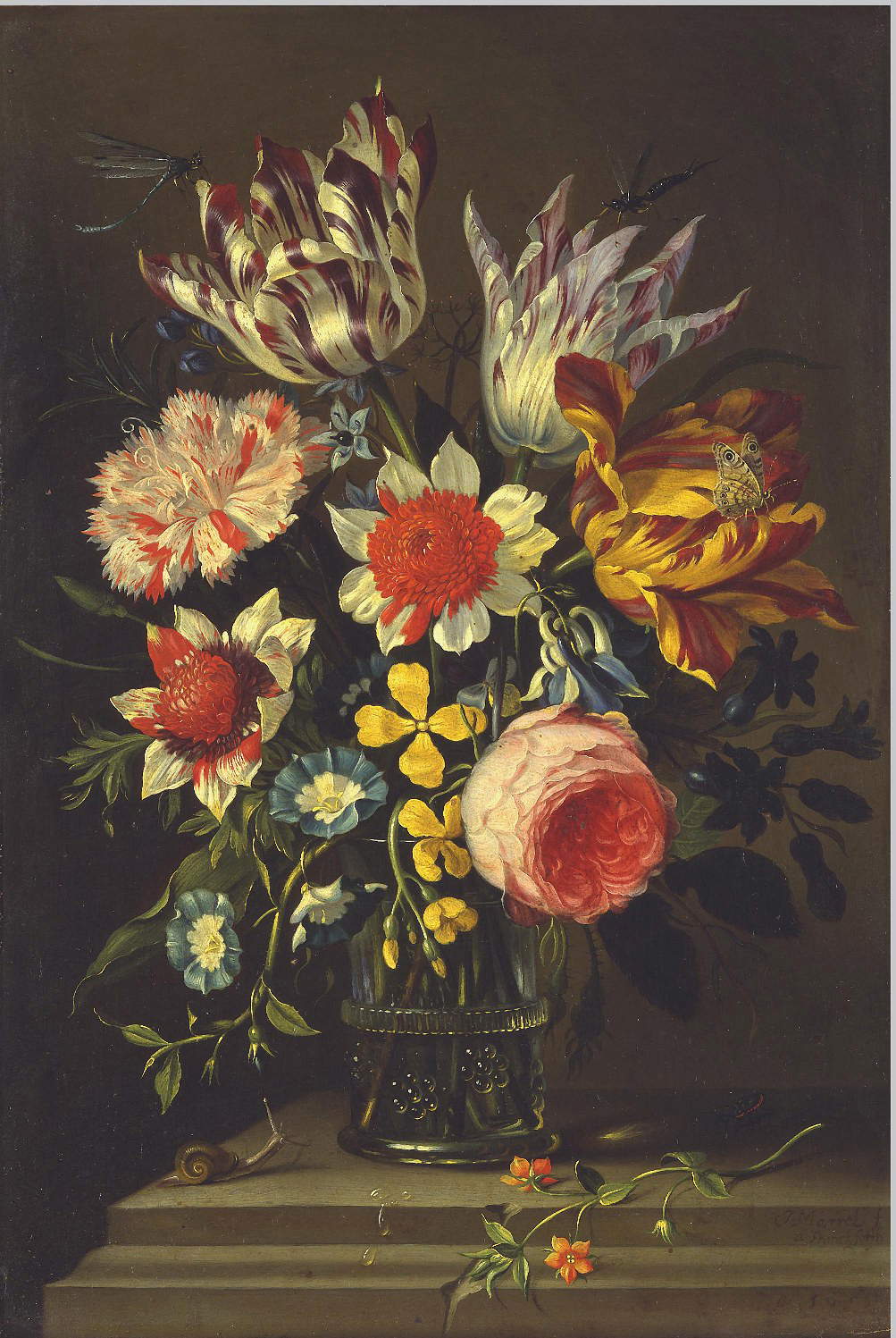 |
| Jacob Marrell, Flowers (1655; oil on copper, 36.5 x 25 cm; Siena, Pinacoteca Nazionale, Inv. 483) |
The exhibition at Santa Maria della Scala allows us to grasp the collecting spirit that first interested the Gonzagas in Mantua (where part of the collection comes from) and, later, the Piccolomini and Spannocchi families in Siena. As architect Anna Di Bene, Superintendent of Archaeology, Fine Arts and Landscape for the provinces of Siena, Grosseto and Arezzo, declares, “Recent studies have highlighted the absolute uniqueness of the collection, which grew around an original nucleus belonging to the Gonzagas, and thus consists of works of heterogeneous scope, in which the cosmopolitan choices of the owners are reflected. Northern Europe constituted, in the centuries between the 15th and 17th centuries, an important reference point for the Italian courts, which were united to it not only by commercial relations, but by a dense network of cultural exchanges, of which the Spannocchi Collection constitutes for Siena a rare source of information and material evidence.”
“The exhibition, which is due to the renewed collaboration between the Pinacoteca Nazionale and the Municipality of Siena,” said Mayor Luigi De Mossi, “is an event of particular importance for the city, and from next year, it will constitute a new permanent section of the exhibition itinerary of the ancient Spedale, enriching its offerings and, above all, finally allowing the full exploitation of a great heritage.”
For info: www.santamariadellascala.com
Hours: Until March 14 (except 12/23 - 6/01) Mondays, Wednesdays and Fridays from 10 a.m. to 5 p.m.; Thursdays from 10 a.m. to 8 p.m.; Saturdays and Sundays from 10 a.m. to 7 p.m. Closed Tuesdays. Dec. 23 to Jan. 6 daily from 10 a.m. to 7 p.m.; Thursdays from 10 a.m. to 8 p.m.
March 15 to May 5 Monday, Tuesday, Wednesday, Friday, Saturday, Sunday 10 a.m. to 7 p.m.; Thursday 10 a.m. to 10 p.m. Tickets: The cost of the exhibition ticket is included in the entrance fee to Santa Maria della Scala. Full 9 euros, reduced 7 euros for children 12 to 19 years old, over 65, university students not enrolled in Siena university institutions. Free for children up to 11 years old. The catalog is published by Sillabe.
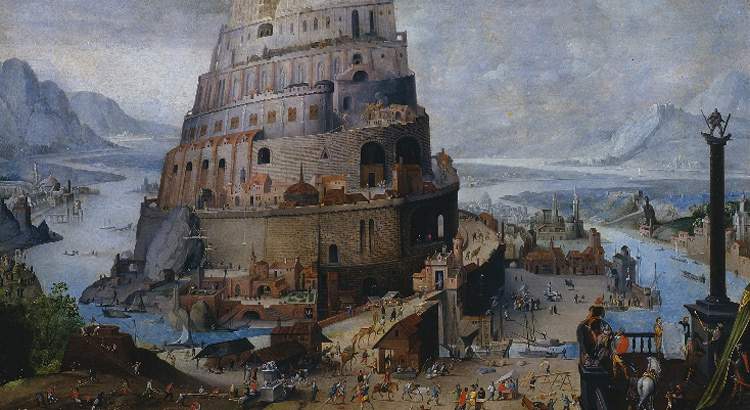 |
| From Dürer to Altdorfer, an exhibition of high historical value in Siena brings together a great collection after 86 years |
Warning: the translation into English of the original Italian article was created using automatic tools. We undertake to review all articles, but we do not guarantee the total absence of inaccuracies in the translation due to the program. You can find the original by clicking on the ITA button. If you find any mistake,please contact us.



























